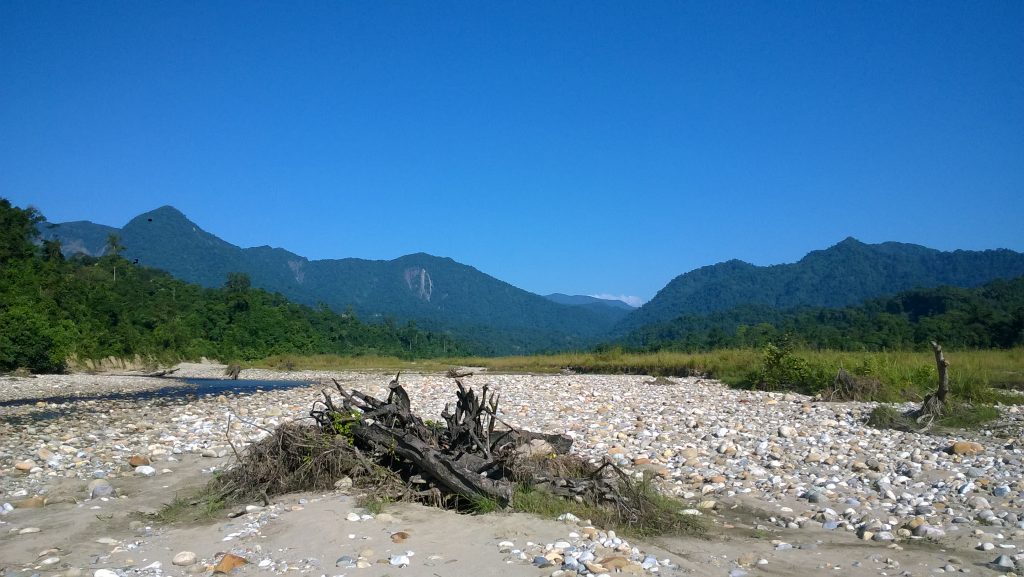
Eastern Himalaya
The Eastern Himalayan region is large and complex in topography and diversity and spans the Himalayas and the Indo-Burma Biodiversity Hotspots. The range of habitat types is similar to the Western Himalayas in some respects, although the bio-geographical and evolutionary origins of the flora and fauna are distinct. Due to these differences, species richness across taxonomic groups is amongst the highest globally, and several taxa show high endemism and extreme range restriction. In recent years, a considerable number of species new to science have been discovered from this region, including a large number of amphibians and reptiles, and even mammals and birds. This highlights that much of the Eastern Himalaya’s biodiversity still remains unknown to science. Multiple sites will ideally have to be established here to capture this diversity but, in Phase 1, an elevational transect from Pakke Tiger Reserve in the foothills through Eagle Nest Wildlife Sanctuary and up to Tawang in Arunachal Pradesh will be established.
